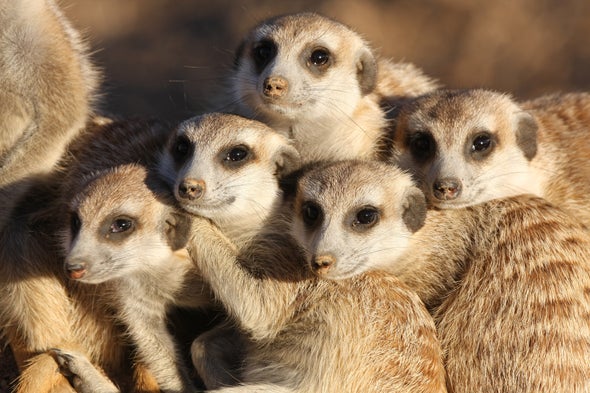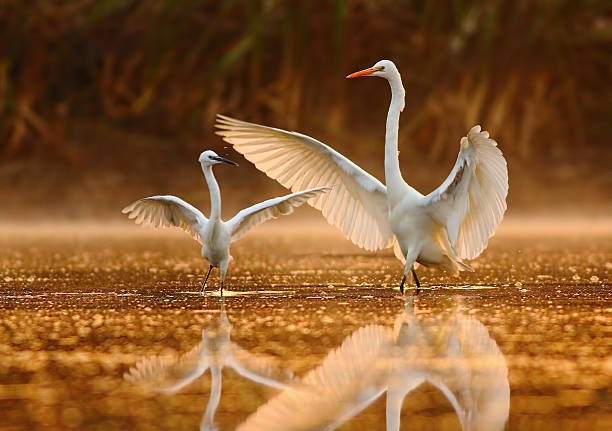Fat-tailed dunnart
INTRODUCTION
Hi, I’m a Fat-tailed dunnart. My body head and body length are 64 – 110 mm, and my tail length is 51-12 mm. I have fawn or brown upper fur and white underparts. I actively search at night across open soil and leaf litter for yummy grubs, worms, and similar small invertebrates. I lived in widespread wood, scrub, and dry grassland. I have benefited from the spread of grazing farmland. I’m solitary during the breeding season, but at other times small groups, of less than 10, may huddle together in sheltered crevices, logs, or burrows during cold periods. My breeding season starts from August to March. My female gave birth to 8 to 10 young in a gestation period of 13 days. My young remain in the pouch for 70 days with a litter size of an average of 7.5 with a 33% infant death rate.
- AVG. READING TIME: 8 MINUTES
- UPDATE: 20/02/2022
DIET : Grubs, worms, and similar small invertebrates
HABITAT : Desert and semi-desert, open habitats, including grassland, moor, heath, savanna, fields, scrub.
SOCIAL UNIT : Individual
LOCATIONS : Australia
STATUS / POPULATION : Least Concern (IUCN) Low-risk category that includes widespread and common species / Unknown
MAMMALS: MARSUPIALS
KEY FACTS

SCIENTIFIC CLASSIFICATION
Kingdom – Animalia
Phylum – Chordate
Class – Mammals
Order – Dasyuromorphia Gill
Family – Dasyuridae Goldfuss
Genus – Sminthopsis Thomas
Genus Species – Sminthopsis crassicaudata
INTERESTING FACTS
1-Fat-tailed dunnart resembles a mouse at the first glance. It has large eyes and ears, pointed mouth with sharp teeth and long, carrot-shaped, swollen tail
2- Fat-tailed dunnart is nocturnal animal (active during the night)
3- Fat-tailed dunnart is a carnivore (meat-eater). Its diet is based on insects, larvae, small reptiles and amphibians
-
CALLING NAMES / SCIENTIFIC NAME
Calling name: Fat-tailed dunnart
Scientific Name: Sminthopsis crassicaudata -
COLOUR VARIATIONS
Brownish grey upper body is fawn to brownish grey in colour, with darker patches around the eyes and head
-
LIFE SPAN : CAPTIVITY / WILD
Captivity: N/A
Wild: 15 - 18 months average -
APPROXIMATE SIZE : LENGTH / HEIGHT
Length: 6 - 9.5cm (2.25 - 3.5in)
Height: Estimated (1 - 2 inches) -
TAIL
4 - 7cm (1.5 - 2.5in)
-
WEIGHT
10 - 20g
-
MIGRATION
No migration
-
SEX IDENTIFICATION
MALE: Males didn't have nipples
FEMALE: the most obvious factor is the females have 8-10 nipples -
BREEDING SEASON
July to February in Australia
-
REPRODUCTION / GESTATION PERIOD
Reproduction: 6 month Continues
Gestation period: 13 days -
CLUTCH / LITTER SIZE
8 - 10 youngs
-
SIMILAR SPECIES
Kulterr
-
LOOK A LIKE
Rats or Rodents
-
FARM ANIMAL
No
-
FOUNDED IN
1844
-
ORIGIN
Australia
-
DISTRIBUTION
New South Wales, South Australia, Queensland, Western Australia and the Northern Territory
-
OCCURRENCE
Families: 19
Species: 363 -
FUEL FOR LIFE / TROPHIC LEVEL
Carnivorous
-
SIGNS
N/A
-
PREDATORS
Elapid snakes, cats and foxes
-
AVAILABLITY IN ZOO / MUSEUM
Australia Zoo
-
TO HUMANS
Not dangerous
-
AS A PET
Not recommended
-
KIDS FAVOURITE
No



